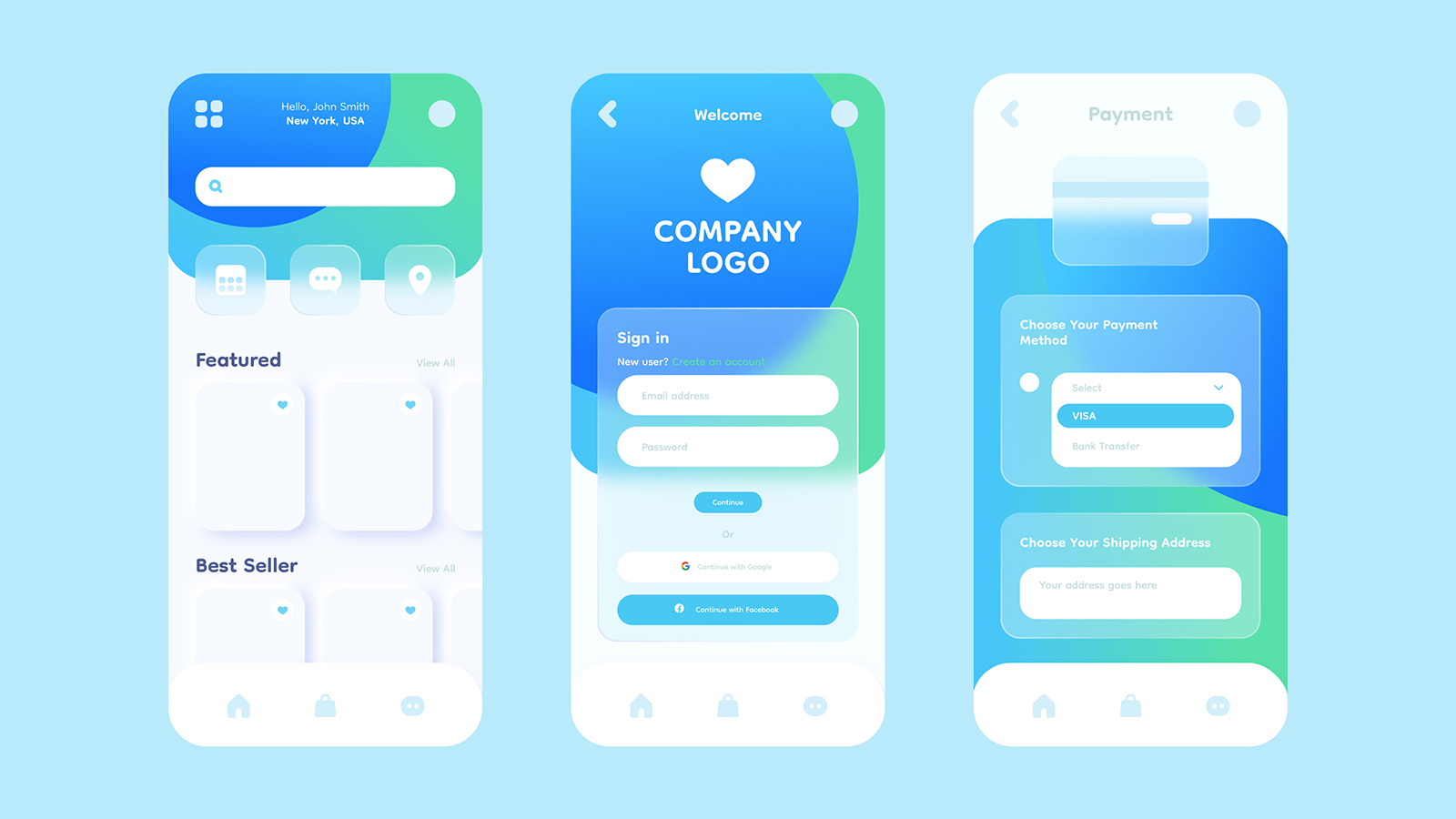The Importance of User Experience (UX) in Software Design

In today’s digital landscape, where countless applications and software solutions compete for users’ attention, the significance of User Experience (UX) in software design cannot be overstated. UX encompasses all aspects of the end-user’s interaction with a company, its services, and its products. A strong focus on UX design leads to satisfied users, increased engagement, and ultimately, business success. Let’s explore why UX is crucial in software design and how it can make a difference.
1. Enhancing User Satisfaction
The primary goal of UX design is to ensure that users have a positive experience while interacting with software. This involves creating intuitive interfaces, seamless navigation, and clear functionality. When users find an application easy to use, they are more likely to return and recommend it to others. Satisfied users not only contribute to a product’s popularity but also foster brand loyalty.
2. Improving Usability
Usability refers to how effectively users can achieve their goals when using a software product. A well-designed UX focuses on minimizing the learning curve, ensuring that users can quickly understand how to use the application. This includes organizing information logically, providing helpful prompts, and designing intuitive controls. By improving usability, software developers can reduce frustration and enhance user engagement.
3. Increasing Efficiency and Productivity
A strong UX design streamlines workflows and reduces unnecessary steps in user interactions. By understanding users’ needs and behaviors, designers can create features that support efficiency, helping users to complete tasks quickly and accurately. When software is designed with efficiency in mind, users can focus on their objectives rather than grappling with cumbersome interfaces.
4. Reducing Development Costs
Investing in UX design during the initial stages of software development can save time and money in the long run. By identifying potential usability issues and user pain points early in the design process, developers can avoid costly redesigns and extensive troubleshooting after launch. A well-thought-out UX minimizes the need for extensive user training and support, leading to lower operational costs.
5. Driving Business Success
Ultimately, a positive user experience translates into business success. Applications that prioritize UX tend to see higher user retention rates, increased customer satisfaction, and positive reviews. This can lead to a competitive edge in the market. Companies that invest in UX design often enjoy higher revenue, as satisfied users are more likely to convert into paying customers and advocate for the brand.
6. Facilitating Accessibility
Accessibility is a critical aspect of UX design. Designing software with accessibility in mind ensures that all users, including those with disabilities, can effectively interact with the product. This not only expands the potential user base but also demonstrates a company’s commitment to inclusivity. By adhering to accessibility standards, developers can create software that is usable for everyone.
Investing in UX design is no longer just an option; it’s a necessity for any organization looking to thrive in the competitive software market. Prioritizing user experience today will lead to better software solutions and more satisfied users tomorrow.